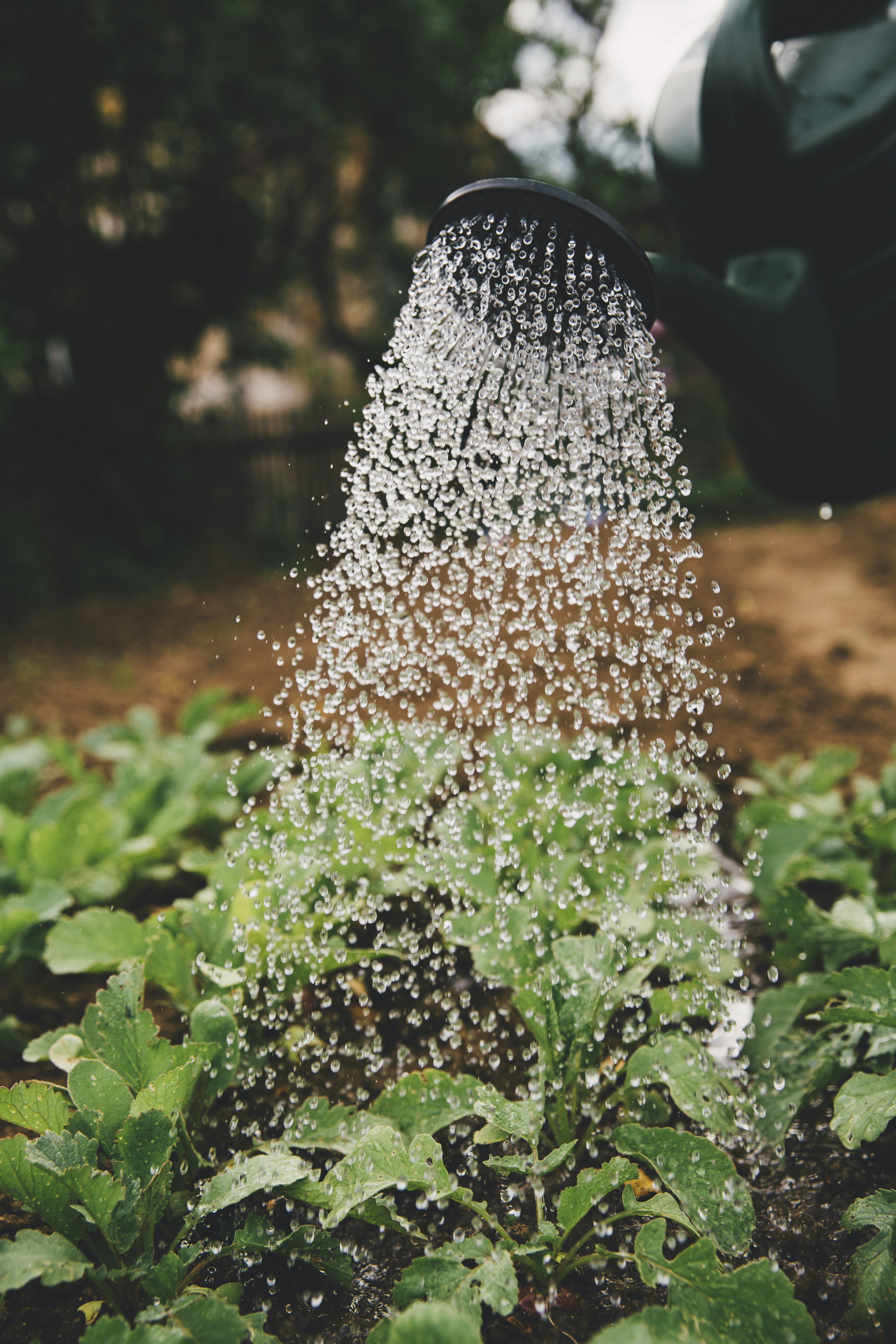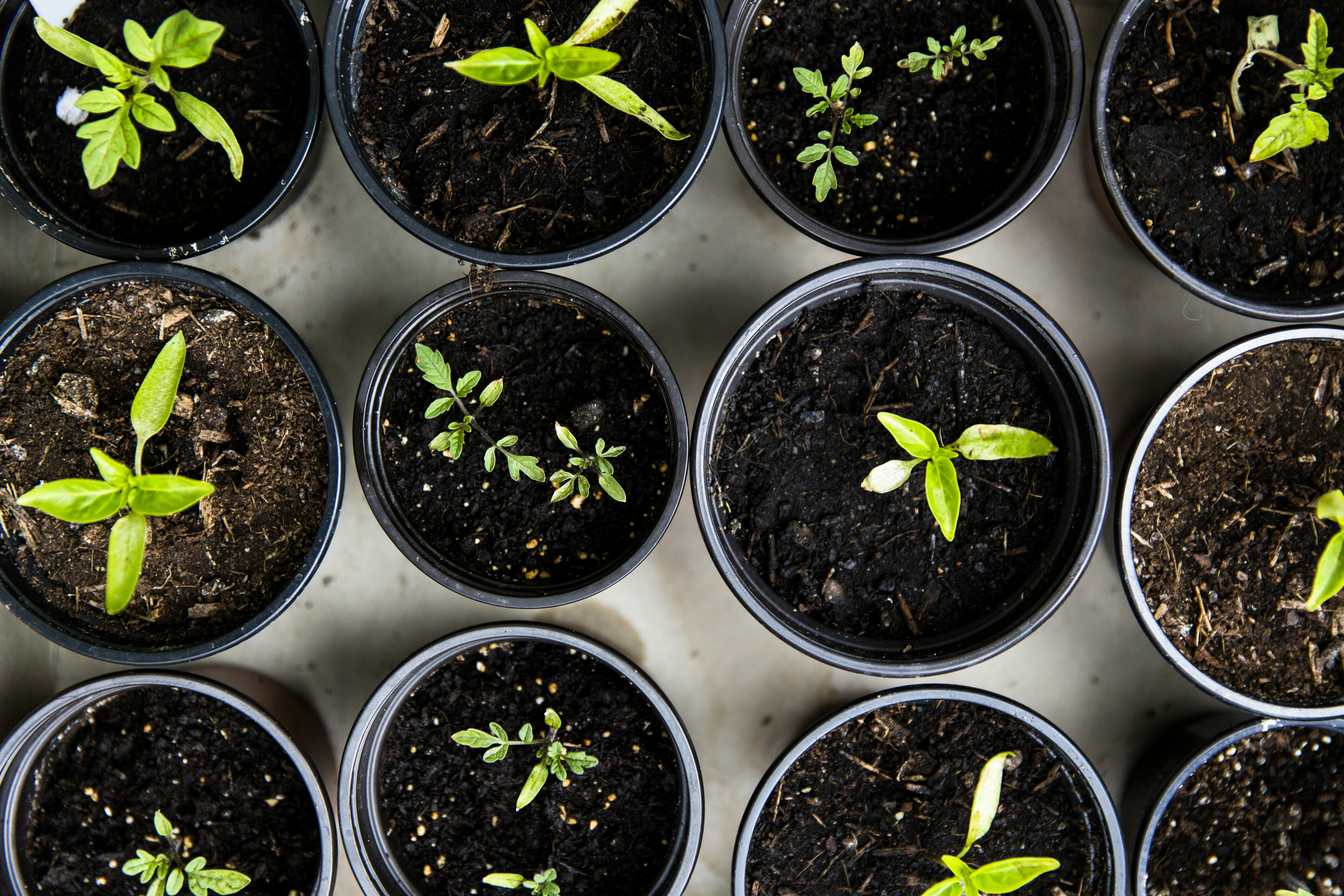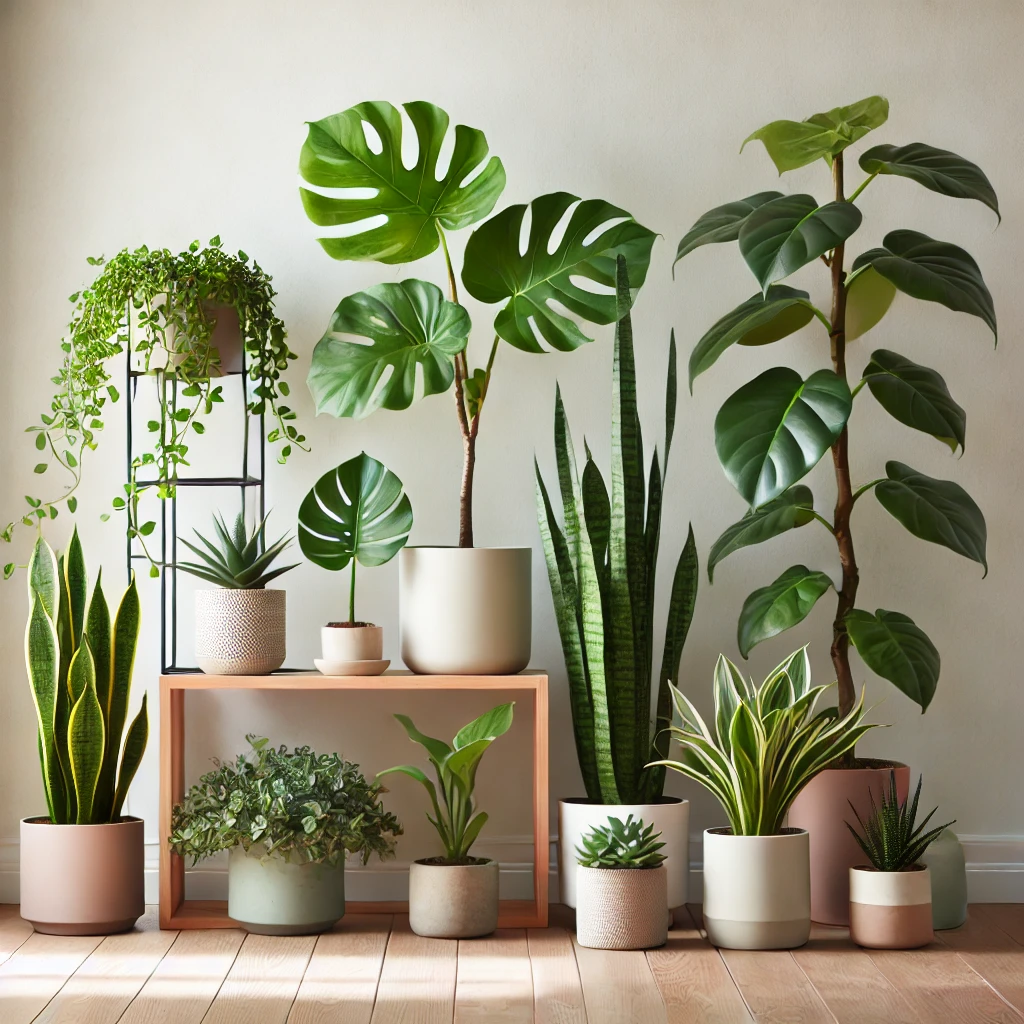Imagine having your own small vegetable garden, filled with fresh and delicious produce that you grew with your own two hands. With the “Start A Small Vegetable Garden” product, you can turn this dream into a reality. This comprehensive guide provides all the information and guidance you need to successfully start and maintain a small vegetable garden. Whether you have a spacious backyard or just a tiny balcony, this product will help you make the most of your space and enjoy the satisfaction of growing your own food. Say goodbye to expensive grocery bills and hello to a bountiful garden filled with the flavors of your choosing – it all begins with “Start A Small Vegetable Garden”.
Selecting a Location
Consider Sunlight Exposure
When selecting a location for your small vegetable garden, it is important to consider the amount of sunlight the area receives. Most vegetables require a minimum of six hours of direct sunlight per day, so choose a spot that gets plenty of sunlight, especially during the growing season. Observing the area at different times of the day will help you determine the sunlight exposure.
Evaluate Soil Quality
The soil quality is another crucial factor to consider when deciding on a location for your vegetable garden. Take a closer look at the soil and make sure it has good drainage and is rich in organic matter. You can easily evaluate the soil quality by digging a small hole and observing its texture and moisture content. Avoid areas with compacted or sandy soil, as they don’t retain water and nutrients well.
Ensure Proper Drainage
Proper drainage is essential for the health and success of your vegetable garden. Ensure that the selected location doesn’t have any areas prone to waterlogging or poor drainage. Excess water can lead to root rot and other diseases, so it’s important to have well-drained soil. If the chosen spot has drainage issues, consider raised bed gardening or improving the drainage by amending the soil.
Check Accessibility to Water Source
Having easy access to a water source is another aspect to consider when choosing the location for your small vegetable garden. Vegetables need regular watering, especially during dry periods, so it’s important to have a water source nearby. Ensure that the chosen location is conveniently located to a water faucet or has access to a reliable irrigation system.
Designing the Layout
Decide on the Garden Size
Determining the size of your garden is a crucial step in designing its layout. Consider the available space and the amount of time and effort you are willing to invest in maintaining the garden. Starting small is often recommended for beginners as it allows you to focus on a few varieties and manage the garden more easily. Later, you can expand your garden as you gain experience and confidence.
Plan Beds or Containers
Once you have decided on the size of your garden, consider whether you want to grow your vegetables in traditional garden beds or containers. Raised beds offer several advantages, such as better soil control, improved drainage, and reduced weed competition. Containers, on the other hand, are a great option for those with limited space or for growing specific varieties that require separate soil conditions.
Allocate Pathways
When designing the layout of your vegetable garden, make sure to allocate sufficient space for pathways. Pathways provide easy access to all areas of the garden, allowing for better maintenance and harvesting. A width of at least 1-2 feet is recommended for pathways to ensure comfortable movement and to accommodate gardening tools and equipment.
Consider Companion Planting
Companion planting is an effective technique where certain plant combinations benefit each other by repelling pests, attracting beneficial insects, or improving nutrient uptake. Consider incorporating companion planting into your garden design to maximize its productivity and help control pests naturally. Research and identify suitable companion plants for the vegetable varieties you plan to grow.
Choosing Vegetables
Assess Available Space
Before selecting the vegetables for your small garden, assess the available space and the specific conditions of your garden. Some vegetables, like tomatoes and cucumbers, require more vertical space for trellising, while others, like lettuce and radishes, can be grown in smaller spaces. Consider the mature size and growth habit of each vegetable before making your selection.
Determine Preferred Vegetables
Deciding on the vegetables you want to grow is an exciting part of starting a small vegetable garden. Consider your personal preferences and the vegetables you frequently consume. It’s always rewarding to grow vegetables that you enjoy eating and are familiar with. Additionally, take into account the availability and cost of seeds or seedlings for each vegetable.
Consider Seasonal Varieties
Growing seasonal varieties can optimize your garden’s productivity and ensure success. Different vegetables thrive in specific seasons, so choose varieties that are suitable for your local climate and the time of year you plan to plant. This will increase the chances of successful growth and better yields. Research which varieties are recommended for your region and the specific growing season.
Research Growth Requirements
Once you have determined the vegetables you want to grow, it is important to research their specific growth requirements. Some vegetables require full sun, while others can tolerate partial shade. Understanding the specific needs of each vegetable, such as soil pH, watering schedules, and fertilization requirements, will help you provide the optimum conditions for their growth and maximize your harvest.
Starting from Seeds or Seedlings
Learn about Seed Starting
Starting your vegetables from seeds can be a rewarding and cost-effective method. It allows you to have control over the entire growth process, from seed to harvest. Before starting your seeds, learn about the basic principles of seed starting, such as proper seed storage, germination techniques, and transplanting guidelines. This knowledge will help you ensure healthy and vigorous seedlings.
Purchase Quality Seeds
When selecting seeds for your vegetable garden, it is essential to choose high-quality seeds. Look for reputable seed suppliers or sources that specialize in organic or heirloom seeds. High-quality seeds have better germination rates and are more likely to produce healthy plants. Consider factors like the seed’s age, origin, and any certifications or guarantees provided by the supplier.
Consider Germination Time
Different vegetable seeds have varying germination times, which is the time it takes for the seeds to sprout and begin growing. When planning your garden, consider the germination time of each vegetable. This will help you stagger your planting and ensure a continuous harvest throughout the growing season. Some vegetables, like radishes and lettuce, have quick germination times, while others, like peppers and tomatoes, may take longer.
Find Reliable Nurseries
If you prefer to start with established plants rather than seeds, finding reliable nurseries is crucial. Look for local nurseries or garden centers with a good selection of healthy and disease-free seedlings. Check for signs of robust growth, such as strong stems and vibrant leaves. It’s also helpful to ask the nursery staff for advice on the best varieties for your climate and specific gardening conditions.
Preparing the Soil
Remove Weeds and Debris
Before planting your vegetables, it’s important to clear the area of any weeds, grass, or debris that may compete with your plants for nutrients and water. Pull out weeds by hand or use an appropriate tool like a garden hoe or trowel. Removing the weeds at the early stages will prevent them from reseeding and becoming a persistent problem in your garden.
Amend with Compost or Organic Matter
Amending your soil with compost or organic matter is essential for providing the necessary nutrients to your vegetable plants. Prior to planting, spread a layer of well-rotted compost or organic matter over the garden beds. This will improve the soil structure, increase moisture retention, and enrich the soil with essential nutrients. Work the compost or organic matter into the soil using a garden fork or tiller.
Test Soil pH and Nutrient Levels
Testing the soil pH and nutrient levels is a helpful step in understanding the specific needs of your soil and plants. Soil testing kits are readily available at garden centers or can be sent to professional laboratories for more accurate results. The soil pH affects nutrient availability to plants, so aim for a pH level that suits the vegetable varieties you plan to grow. The test results will guide you in making any necessary adjustments to the soil.
Loosen the Soil
Loosening the soil improves its structure and helps the roots of your vegetable plants to penetrate more easily. Use a garden fork, tiller, or a broad fork to aerate the soil by breaking up clumps and compacted areas. Avoid excessive tilling, as it can damage soil structure and microbial life. Loosening the soil before planting allows for better root development and aids in water and nutrient absorption.
Planting and Transplanting
Follow Seed Packet Guidelines
When planting seeds, it is important to read and follow the guidelines provided on the seed packets. Each vegetable has specific instructions regarding planting depth, spacing, and recommended planting time. Following these guidelines will ensure optimal germination and healthy growth. Pay attention to spacing recommendations to prevent overcrowding, as this can lead to poor air circulation and an increased risk of disease.
Space Plants Adequately
Proper spacing between plants is crucial for their healthy development and overall garden productivity. Overcrowding can lead to competition for resources and can make it easier for diseases to spread. Consider the mature size of each vegetable and provide sufficient space for its growth. This will allow for optimum air circulation, light penetration, and access for watering and maintenance.
Consider Timing and Frost Dates
Timing is vital when it comes to planting your vegetables. Take into account the frost dates for your area and the specific planting recommendations for each vegetable. Some vegetables, like peas and lettuce, prefer cool weather and can be planted before the last frost date. Others, like tomatoes and peppers, are sensitive to frost and should be planted after the danger of frost has passed.
Handle Seedlings Carefully
If you choose to transplant seedlings rather than starting from seeds, it’s important to handle them with care. Transplant shock can occur when the delicate roots of seedlings are disturbed or damaged during the transplanting process. Gently loosen the roots of the seedling from their container before transplanting and avoid handling the stem. Plant the seedling at the same depth it was growing in its container and water thoroughly after transplanting.
Providing Water and Fertilizer
Establish a Watering Schedule
Proper watering is essential for the health and growth of your vegetable plants. Establishing a watering schedule is important, especially during dry periods. Water deeply and evenly to ensure that the roots receive sufficient moisture. Avoid overwatering, as this can lead to root rot and other diseases. A good rule of thumb is to water when the top inch of soil feels dry to the touch.
Use Proper Irrigation Methods
Choosing the right irrigation method for your garden will help ensure efficient water usage and prevent over or under watering. Traditional methods like watering cans or hoses with nozzles work well for small gardens, while drip irrigation or soaker systems are recommended for larger areas. These systems deliver water directly to the root zone, minimizing evaporative loss and reducing the risk of foliar diseases.
Consider Drip or Soaker Systems
Drip irrigation and soaker systems are efficient methods for delivering water directly to the plants’ roots. Drip irrigation uses a network of hoses with small emitters that slowly release water, while soaker systems consist of porous hoses or tubes that release water along their entire length. Both methods ensure that water is delivered precisely where it is needed, reducing water waste and promoting healthy root development.
Apply Fertilizers as Needed
Fertilizers provide essential nutrients that support the growth and productivity of your vegetable plants. Depending on your soil’s nutrient levels and the specific needs of your vegetables, you may need to supplement with fertilizers. Organic options like compost, well-rotted manure, or fish emulsion are preferable as they improve soil health and promote long-term sustainability. Follow the recommended application rates provided on the fertilizer package and apply as needed throughout the growing season.
Managing Pest and Disease
Identify Common Garden Pests
Managing pests is an important aspect of successful vegetable gardening. Familiarize yourself with common garden pests in your area and learn to identify the signs of their presence. Common pests include aphids, caterpillars, slugs, and snails. Regular monitoring of your plants will allow you to detect pest infestations early and take appropriate measures to control them.
Implement Natural Pest Control
Natural pest control methods can be effective in managing garden pests while minimizing environmental impact. Encourage beneficial insects like ladybugs, lacewings, and bees by providing suitable habitat and food sources. Use physical barriers like row covers or netting to protect plants from flying insects. Introduce companion plants that deter pests or use organic pest control products when necessary.
Monitor for Early Signs of Disease
Vegetable plants are prone to various diseases, such as blight, powdery mildew, and bacterial spot. Regularly inspect your plants for any signs of disease, such as wilting, leaf spots, or unusual discoloration. Early detection is crucial for effective disease management, as it allows for prompt treatment and prevents the spread of the disease to other plants.
Address Issues Promptly
If you notice any pest or disease issues in your vegetable garden, it is important to address them promptly. Remove and destroy infected plants or plant parts to prevent the spread of disease. Prune overcrowded foliage to promote air circulation and reduce the risk of fungal infections. Consider using organic fungicides or insecticides if necessary, following the instructions carefully to ensure their effectiveness and minimize environmental impact.

Maintaining and Harvesting
Weed Regularly
Regular weeding is essential to maintain a healthy vegetable garden. Weeds compete with your vegetable plants for water, nutrients, and sunlight, reducing their growth and productivity. Schedule regular weeding sessions, either by hand or using appropriate tools like a hoe or cultivator. Remove weeds before they go to seed to prevent future weed problems.
Prune for Air Circulation
Pruning your vegetable plants is beneficial for promoting air circulation and reducing the risk of fungal diseases. Remove any dead or diseased plant parts promptly to prevent the spread of disease. Prune excessive foliage to improve light penetration and airflow, especially in dense plantings. Also, consider pinching or pruning plants that tend to produce excessive growth, such as tomatoes or peppers.
Support Plants as They Grow
Providing support for your vegetable plants is important, especially for vining or tall varieties. Staking, trellising, or using cages will help keep the plants upright, prevent them from bending or breaking under the weight of fruits, and facilitate better air circulation. Additionally, supporting plants improves light penetration and makes harvesting easier.
Harvest at the Right Time
Harvesting your vegetables at the right time ensures the best flavor, texture, and nutritional value. Learn about the specific harvesting requirements of each vegetable and harvest when they are at their peak of ripeness. Overripe vegetables may have a compromised taste and texture, while harvesting too early can result in underdeveloped flavors. Regularly check your plants and harvest on time to enjoy the freshest produce.
Learning and Succession Planting
Keep a Garden Journal
Keeping a garden journal is a fantastic way to track your progress and learn from each growing season. Note important details such as planting dates, varieties grown, and observations about your garden’s performance. Record any successes or challenges you encountered, as well as any changes you made to the garden layout or practices. This valuable information will help you make improvements and plan for future seasons.
Evaluate Growth and Yields
Periodically evaluate the growth and yields of your vegetable plants to assess their overall health and productivity. Measure factors like plant height, fruit size, and number of harvested vegetables. Comparing this information with your garden journal will allow you to track improvements or identify any issues that need addressing. Evaluating your garden’s performance will enable you to make adjustments and fine-tune your gardening techniques.
Practice Succession Planting
Succession planting is a technique where you plant crops in multiple stages to ensure a continuous harvest throughout the growing season. Instead of planting all your vegetables at once, stagger your planting at regular intervals. This method maximizes your garden’s productivity and allows you to enjoy fresh produce for a longer period. Research the specific requirements and suitable timeframes for succession planting different vegetables.
Experiment with New Vegetables
A small vegetable garden provides an excellent opportunity to experiment with new vegetable varieties. Challenge yourself by trying different vegetables each season to add variety and expand your gardening knowledge. Research new varieties, seek advice from local gardeners, and consider joining gardening communities or forums to learn from others’ experiences. Gardening is a continuous learning process, and exploring new vegetables can be a rewarding and enjoyable endeavor.
Starting a small vegetable garden is an exciting and fulfilling endeavor. By carefully selecting the right location, designing a suitable layout, choosing the appropriate vegetables, and providing proper care, you can create a thriving vegetable garden that yields a bountiful harvest. Remember to maintain regular care, observe and address any pest or disease issues promptly, and learn from each growing season. With dedication and a friendly tone of voice, your small vegetable garden can bring you joy, fresh produce, and the satisfaction of growing your own food.




